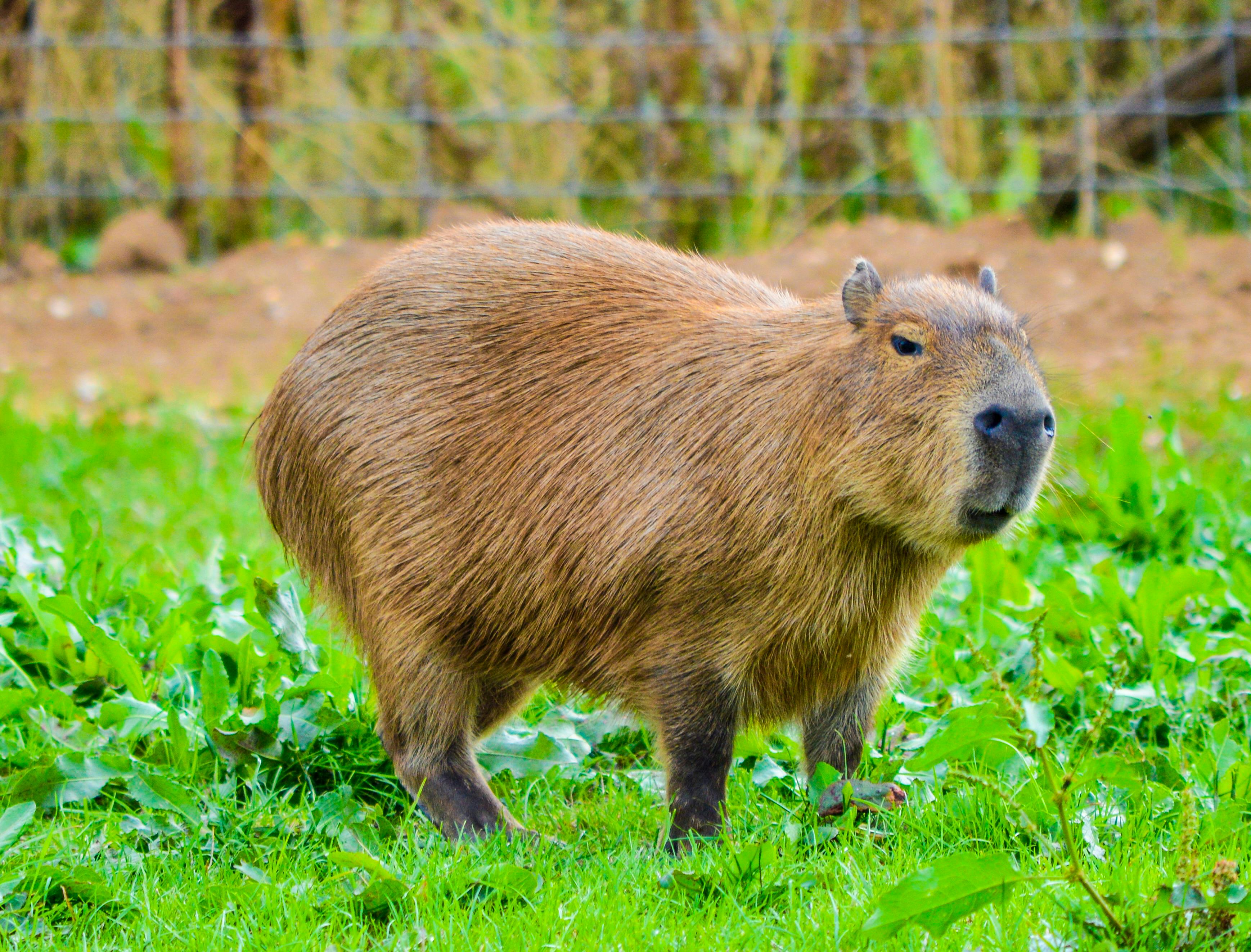Discovering the Fascinating World of Capybaras: Earth’s Largest Rodents
Capybaras, the world's largest rodents, are fascinating creatures known for their unique characteristics and behaviors. This article delves into their captivating world, exploring their biology, lifestyle, and coexistence with other species. Stay tuned to uncover the intriguing world of these gentle giants.

The Intriguing Biology of Capybaras
Capybaras, scientifically named Hydrochoerus hydrochaeris, are native to South America. They belong to the caviidae family, which also includes guinea pigs. These rodents are remarkably large, with adults often weighing up to 65 kilograms and reaching lengths of 1.3 meters. Their bodies are barrel-shaped, covered in coarse, wiry fur that ranges in color from brown to gray. Capybaras have partially webbed feet, a trait that aids them in swimming and navigating through muddy terrains.
Capybaras: Masters of Adaptation
Capybaras are semi-aquatic creatures, living near bodies of water such as rivers, lakes, and wetlands. They are highly adaptable, capable of surviving in diverse habitats from grasslands to dense forests. Capybaras feed primarily on grasses and aquatic plants, but they also consume fruits and tree bark. Their large, sharp teeth are perfect for grinding down tough plant materials.
The Social Lives of Capybaras
Capybaras are remarkably social animals, often found living in sizeable groups. These groups, known as herds, can consist of as many as 100 individuals, although the average size is usually between 10 and 20. The herd structure is hierarchical, with a dominant male leading the group. Capybaras communicate with each other using a variety of vocalizations, including purrs, barks, and whistles.
The Capybara’s Role in the Ecosystem
As herbivores, Capybaras play a crucial role in their ecosystem by controlling vegetation growth. They also serve as a food source for many predators, including jaguars, anacondas, and caimans. Interestingly, Capybaras often share their habitats with a variety of bird species, who are known to perch on their backs, picking off ticks and other parasites—a behavior known as mutualism.
Human Interactions and Conservation
In certain parts of South America, Capybaras are hunted for their meat and hides. However, they are not considered an endangered species. In recent years, Capybaras have gained popularity as pets, particularly in Japan. Nevertheless, they require a significant amount of space and access to water, making them unsuitable for most households. Conservation efforts focus mainly on protecting their habitats and educating the public about their ecological importance.
In conclusion, Capybaras are intriguing creatures that captivate with their unique biology, social behavior, and role in the ecosystem. As we continue to uncover more about these gentle giants, we develop a greater appreciation for the intricate web of life they are a part of.




